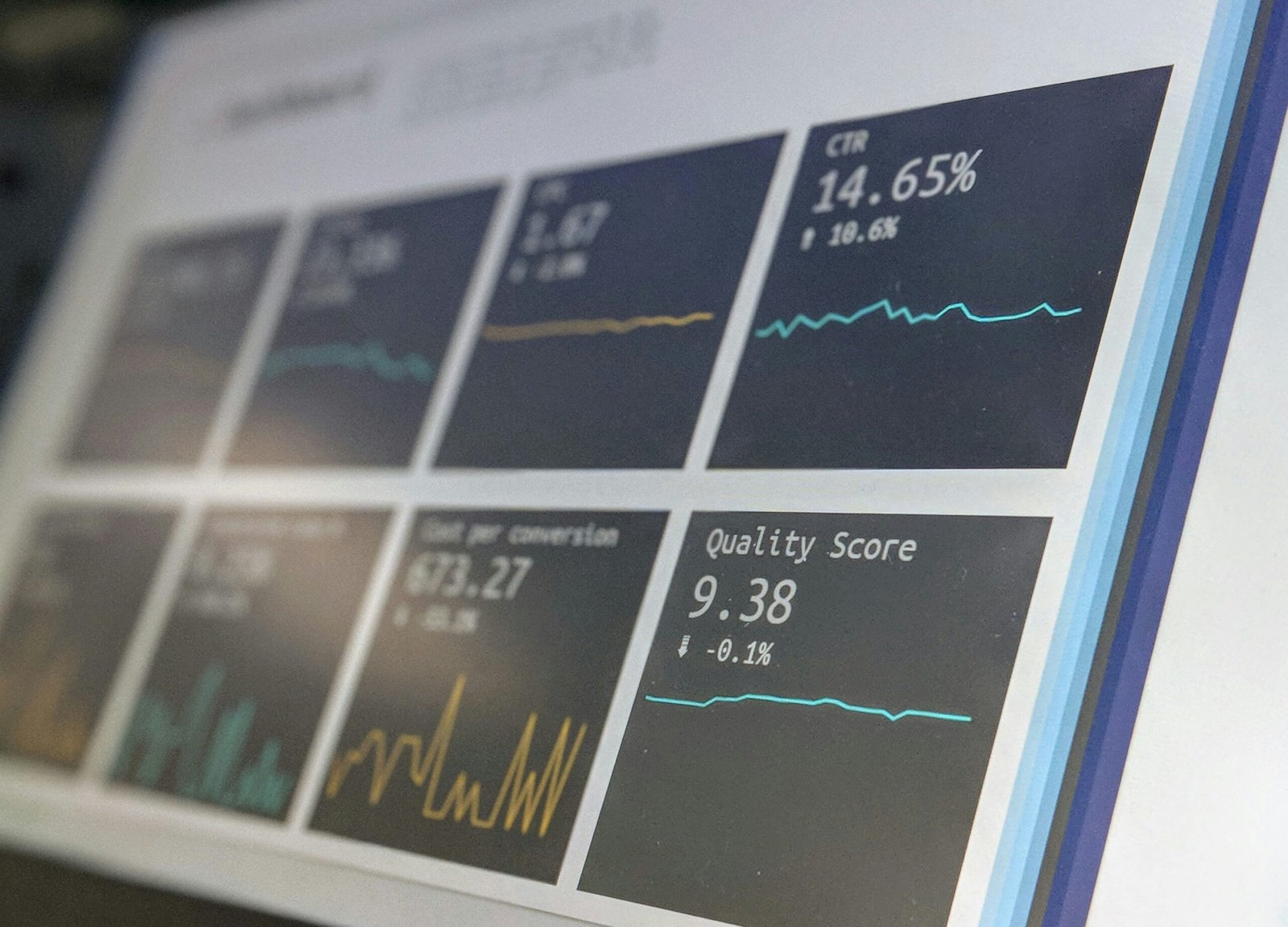In today’s fast-paced business world, data is king. As the workforce becomes increasingly complex and diverse, there has never been a greater need for organizations to understand their people in order to make informed decisions about talent management. Enter HR analytics – the practice of using data to gain insights into employee behavior and performance – which has revolutionized how modern workplaces approach recruitment, retention, and more. But with so many tools and techniques available, navigating the world of HR analytics can be overwhelming. In this guide, we’ll explore everything you need to know about HR analytics and offer practical advice on how to use it effectively to drive your organization forward.
1. Unleashing the Power of HR Analytics in Today’s Workplace: A Comprehensive Guide
In today’s fast-paced business world, companies need to be agile and adapt quickly to changing market conditions. HR analytics provides organizations with the tools they need to make data-driven decisions that can help them stay ahead of the competition. With the right data, HR professionals can identify trends, forecast future hiring needs, and even predict potential turnover.
By leveraging HR analytics tools like workforce planning software or predictive modeling algorithms, HR teams can gain valuable insights into their organization’s talent pool and optimize their recruitment processes accordingly. For example, by analyzing demographic data like age or tenure within certain departments, HR managers can identify areas where employee churn rates are high and implement targeted retention strategies.
HR analytics also enables employers to monitor employee engagement levels by using pulse surveys or sentiment analysis. By analyzing this data over time, companies can evaluate which initiatives have been successful in improving morale and adjust their engagement strategies accordingly. The possibilities for what organizations can achieve with HR analytics are endless – it’s up to you to unleash its power!
2. Harnessing the Benefits of HR Analytics for Organizational Success: Insights and Strategies
HR Analytics has become an essential tool for organizations to improve their performance and stay ahead of the competition. By harnessing the benefits of HR Analytics, businesses can gain valuable insights into their workforce and make informed decisions that lead to success.
To effectively utilize HR Analytics, it is crucial to have a well-designed strategy in place. This includes identifying the key metrics that are relevant to your business goals, such as retention rates, employee engagement levels, and productivity data. With this information at hand, you can create targeted interventions that address specific issues within your organization.
Another important aspect of leveraging HR Analytics is investing in technology that supports data collection and analysis. Modern tools like cloud-based software and AI-powered platforms can help you streamline your HR processes and generate accurate reports in real-time.
By embracing HR Analytics as a core component of your organizational strategy, you can drive positive change across all aspects of your business, from recruitment and training to performance management and beyond. With the right approach and mindset, there’s no limit to what you can achieve with HR Analytics!
In conclusion, navigating the world of HR analytics may seem daunting at first, but with a little bit of guidance and the right tools, any modern workplace can unlock the power of data-driven decision making. By embracing this approach to HR management, organizations can better understand their employees, optimize their productivity, and ultimately achieve greater success in achieving their goals. So don’t be afraid to take the leap into the exciting world of HR analytics – your business will thank you for it!







